The Model Family — Tealia Ellis Ritter Shares Images from her Very Unique Family Album
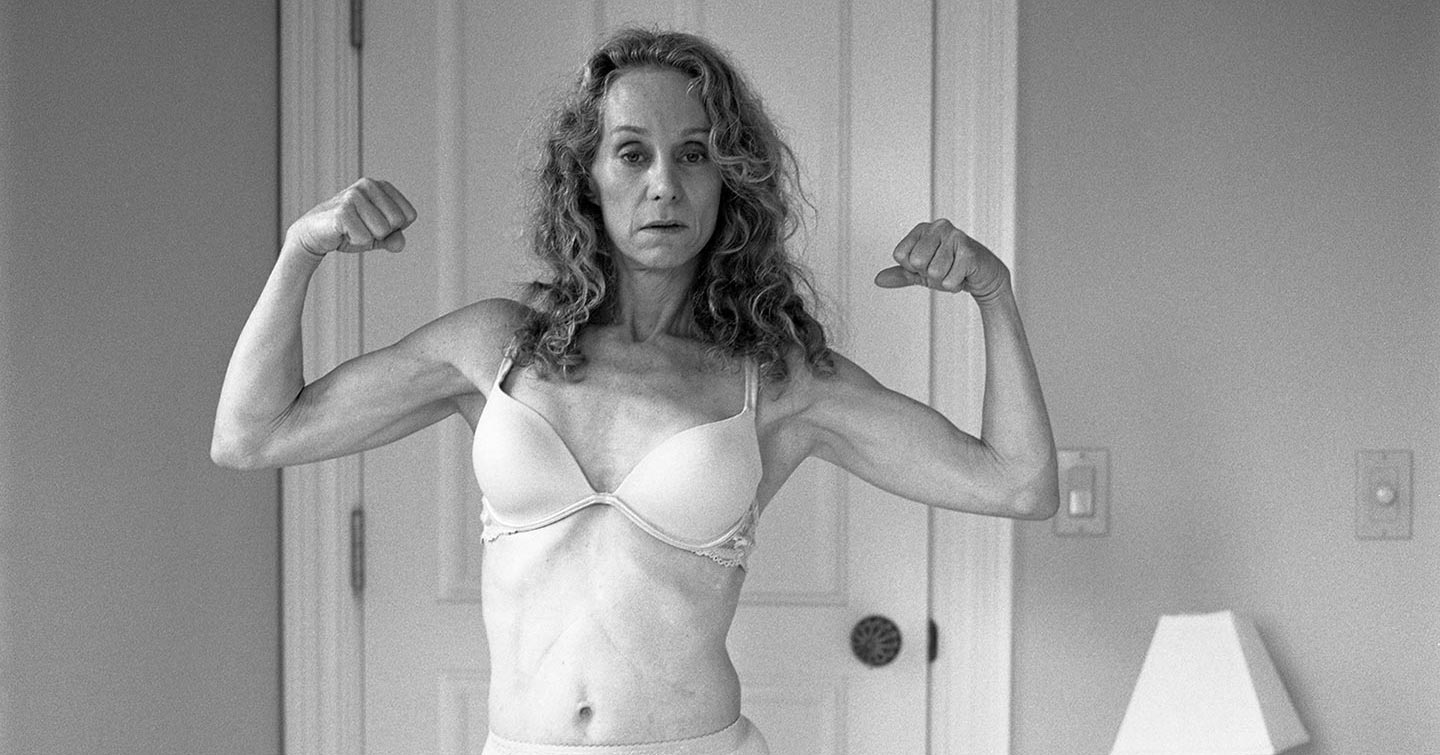
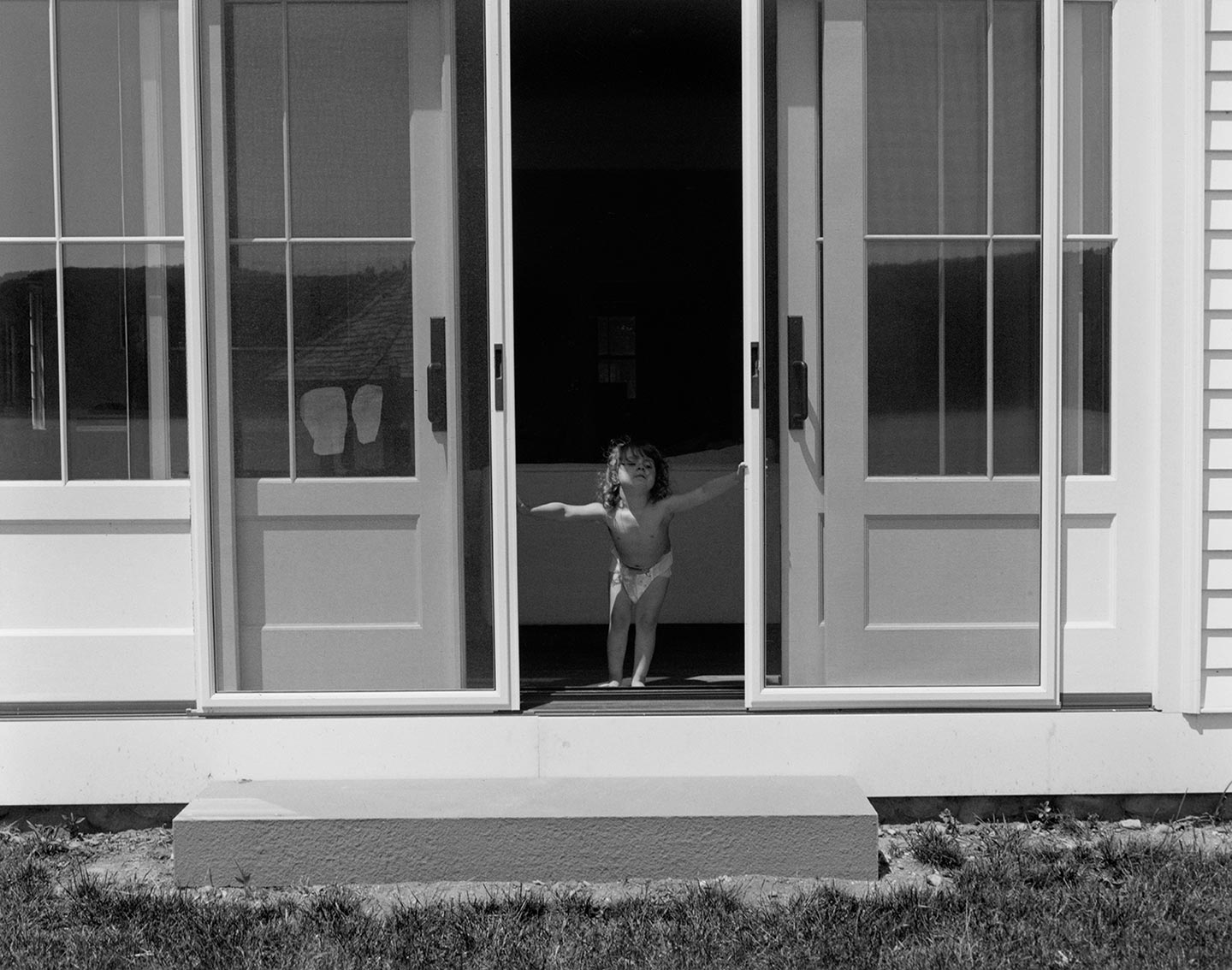
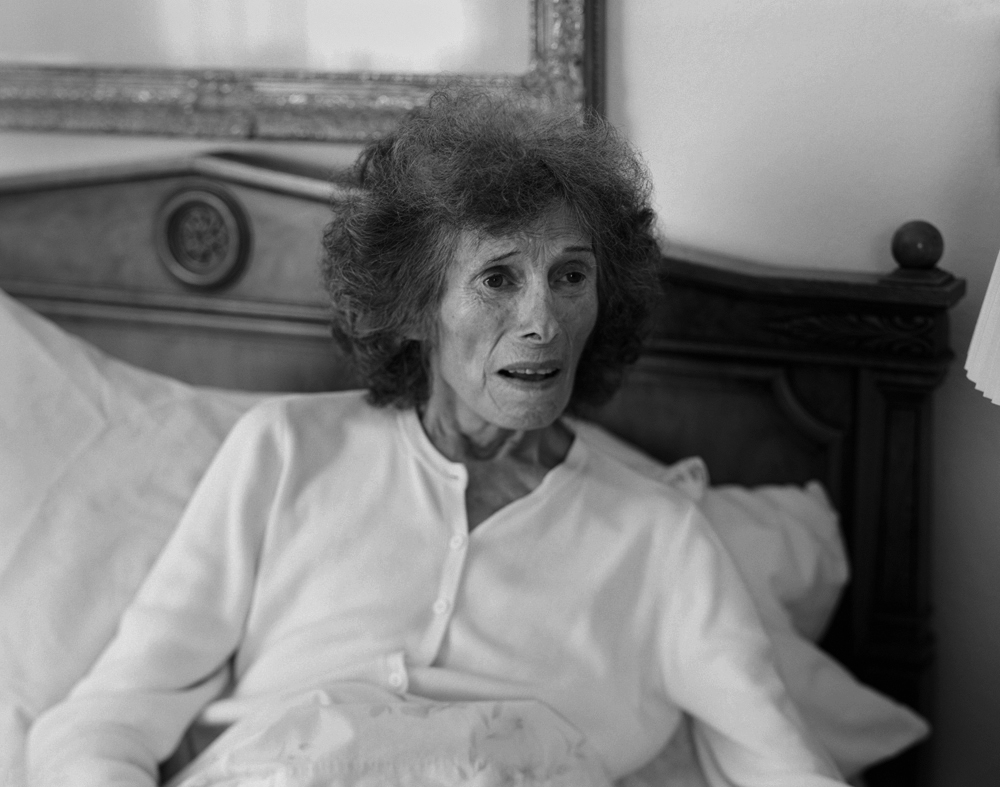
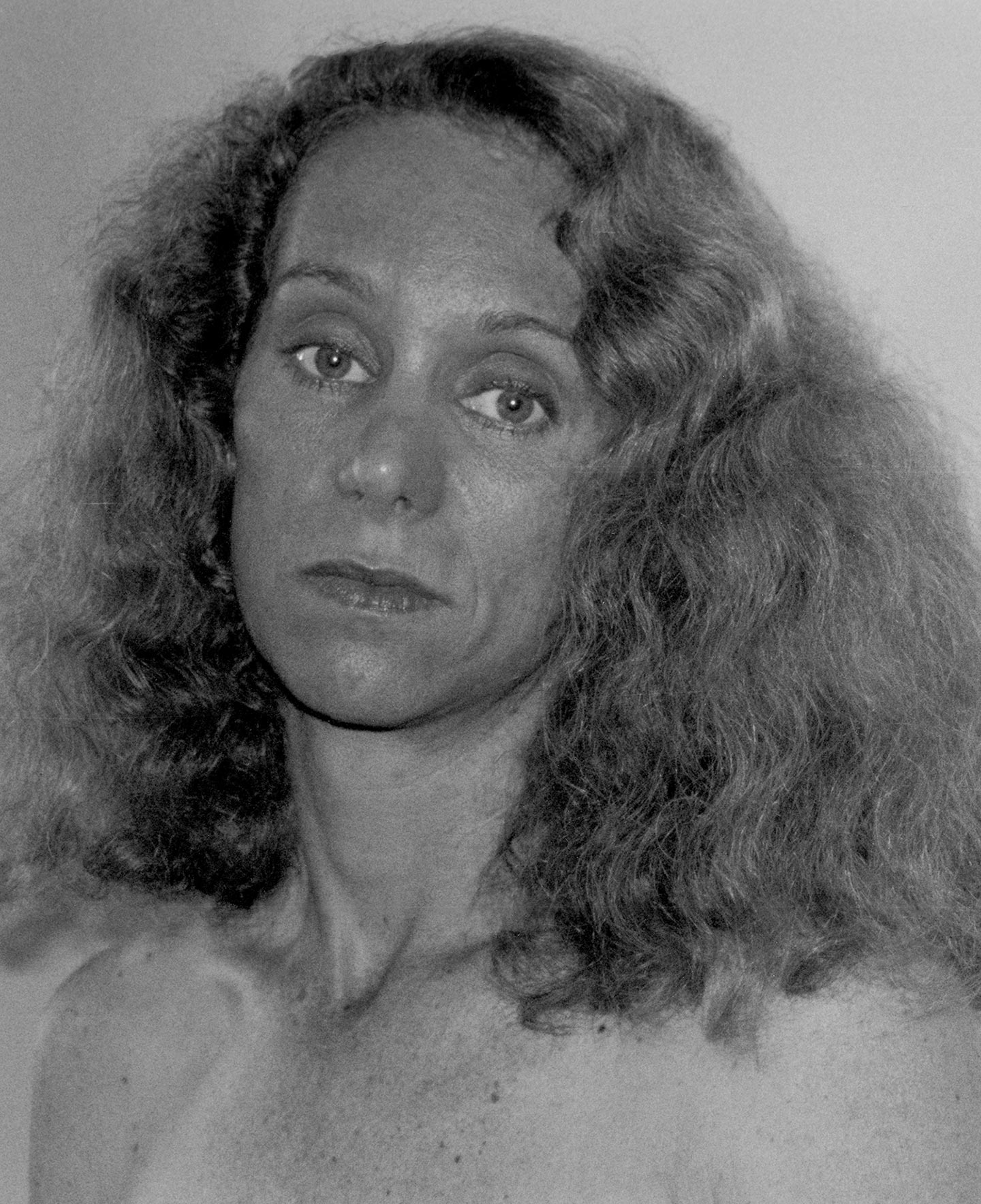
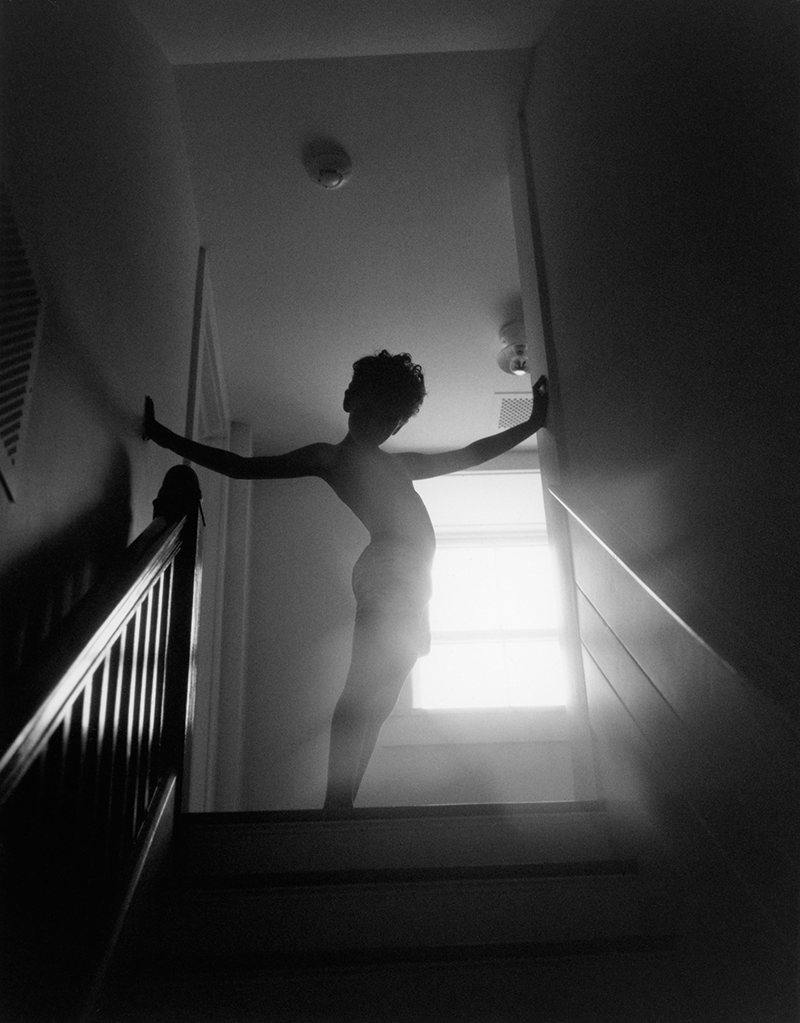
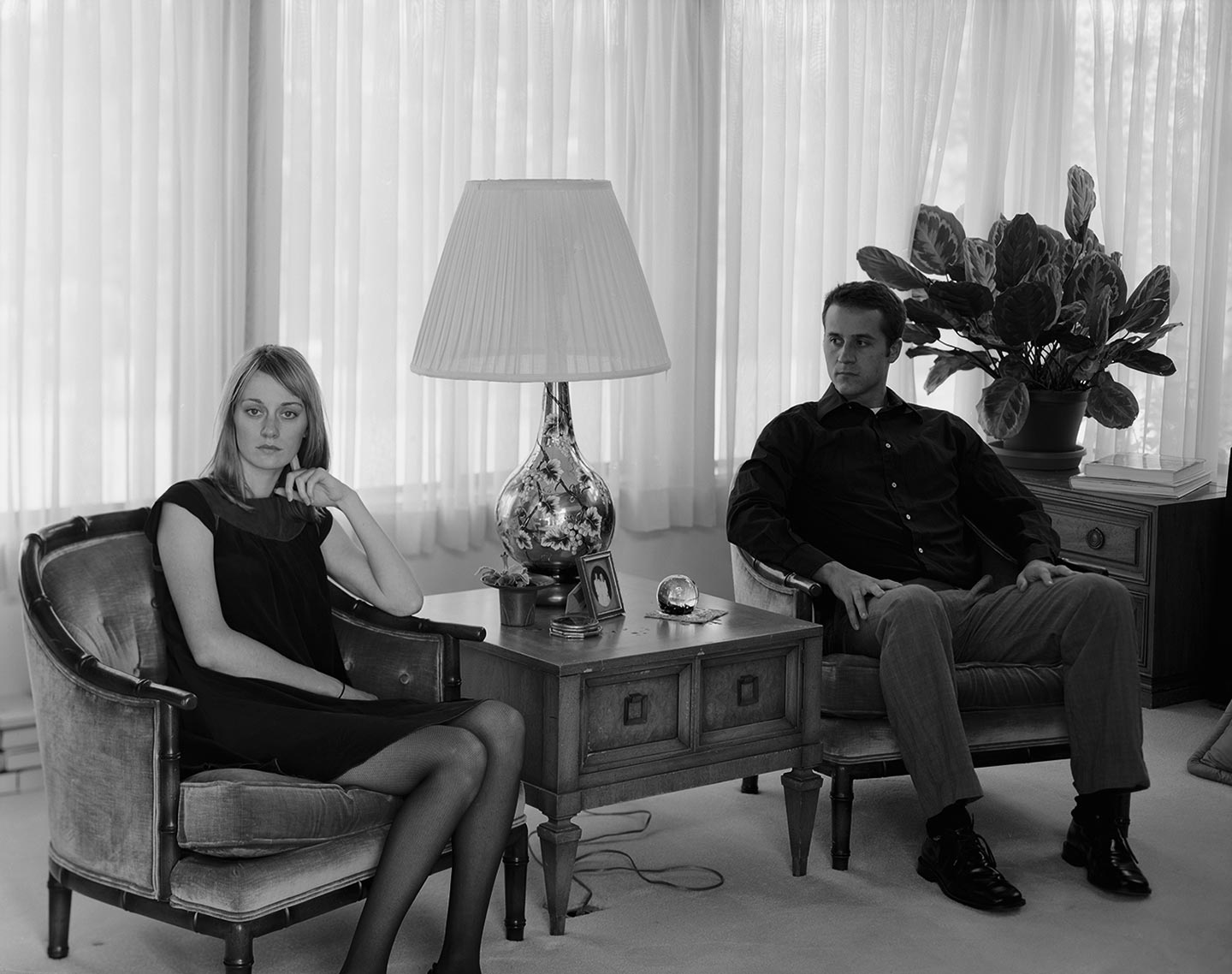



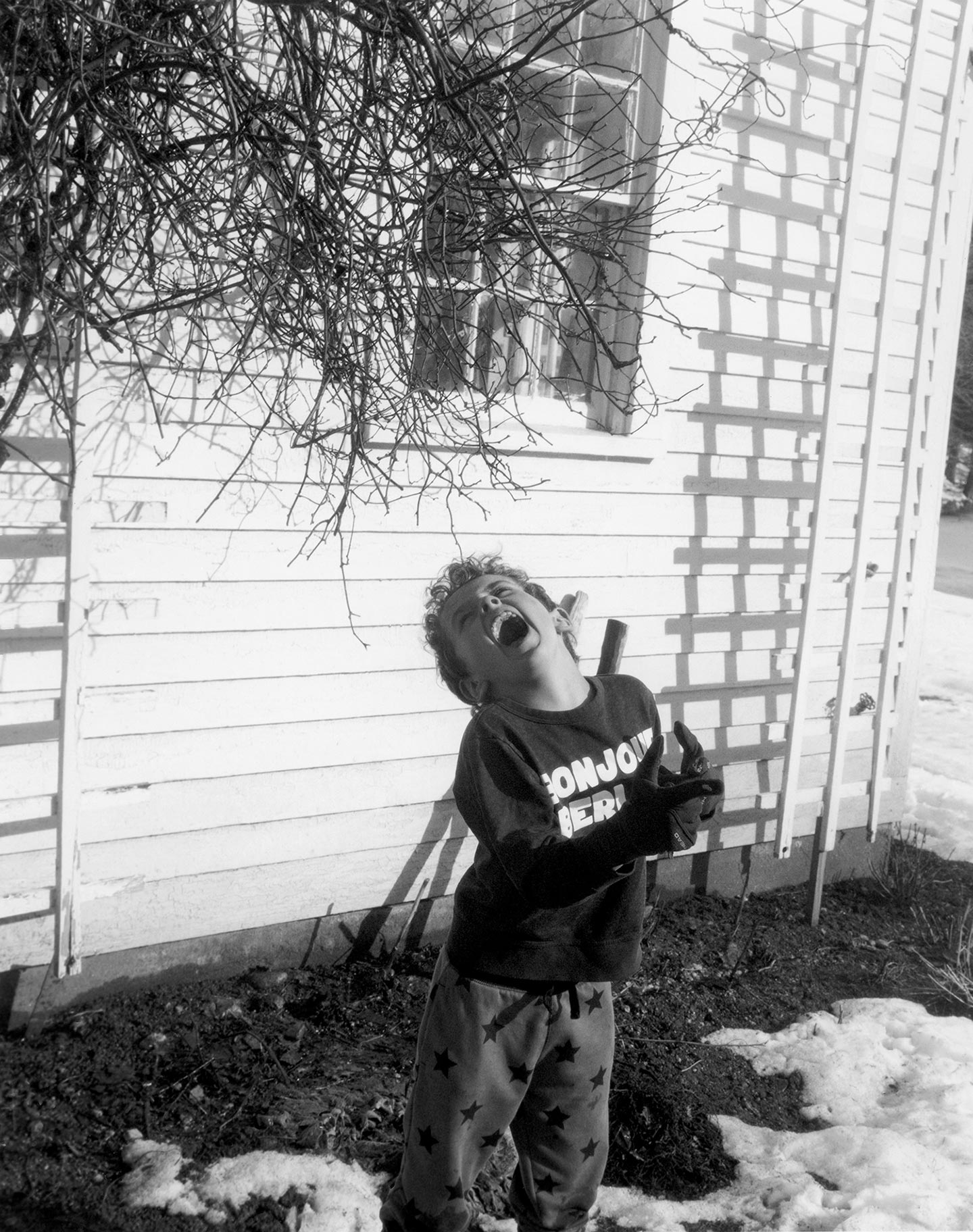
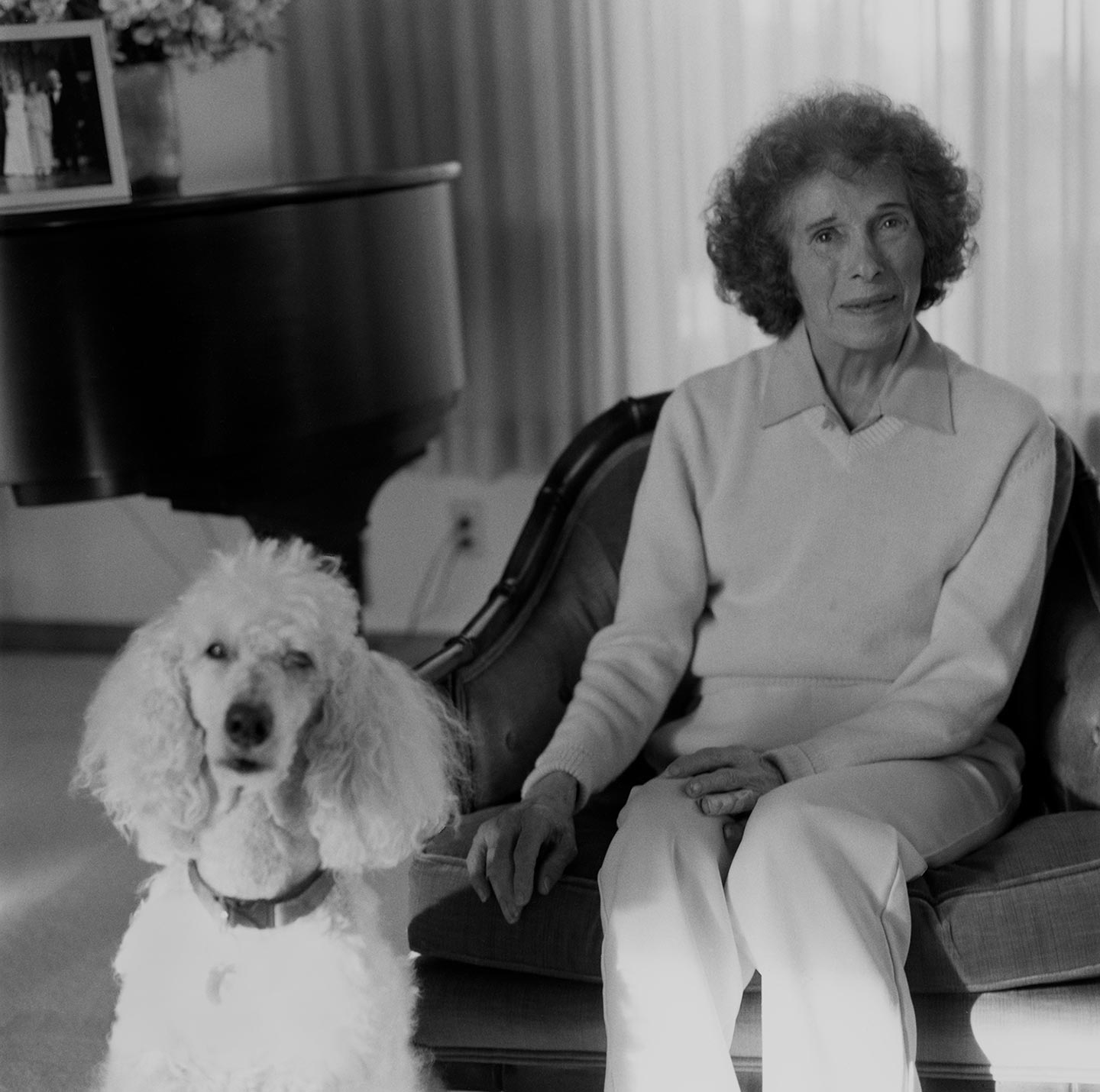
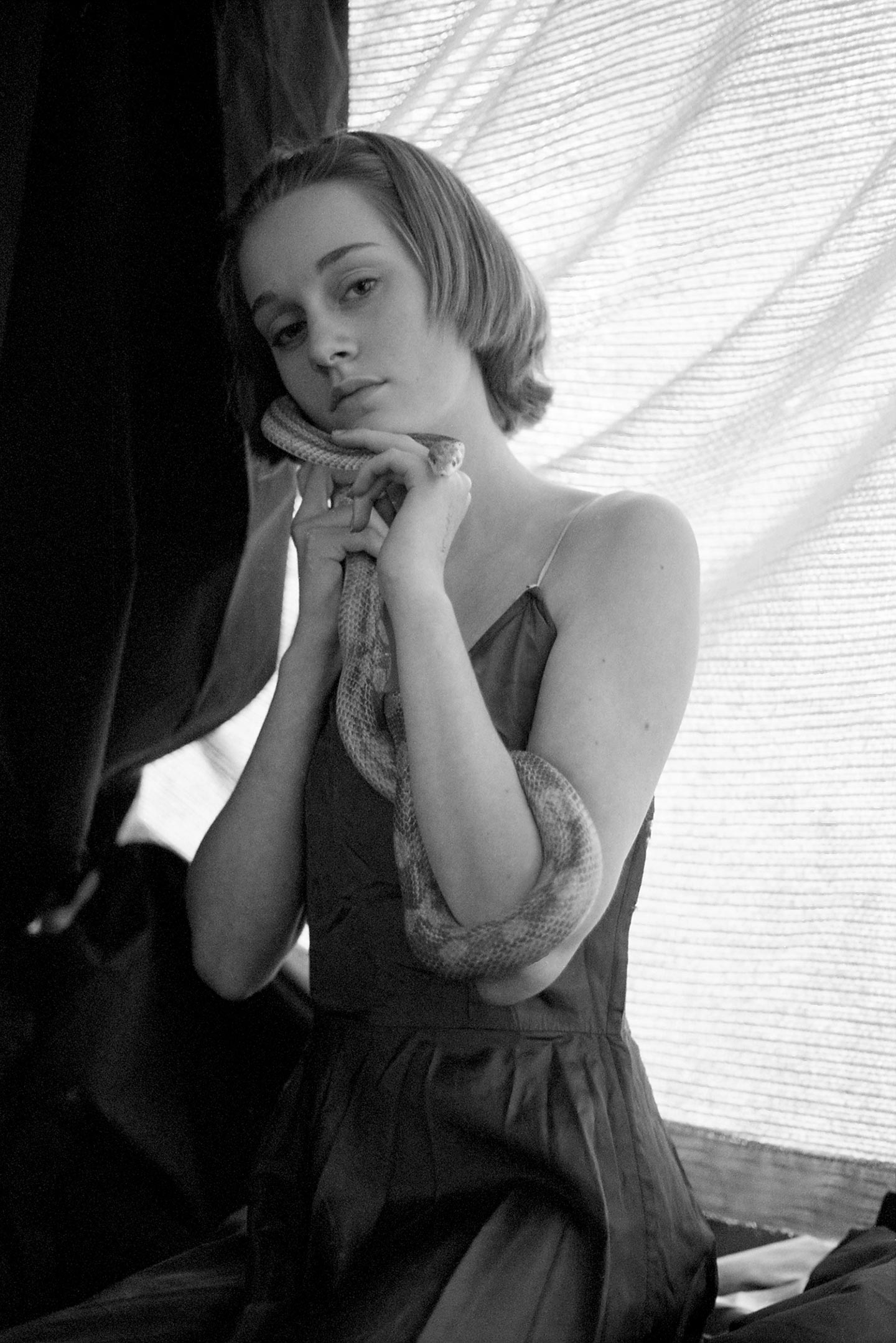
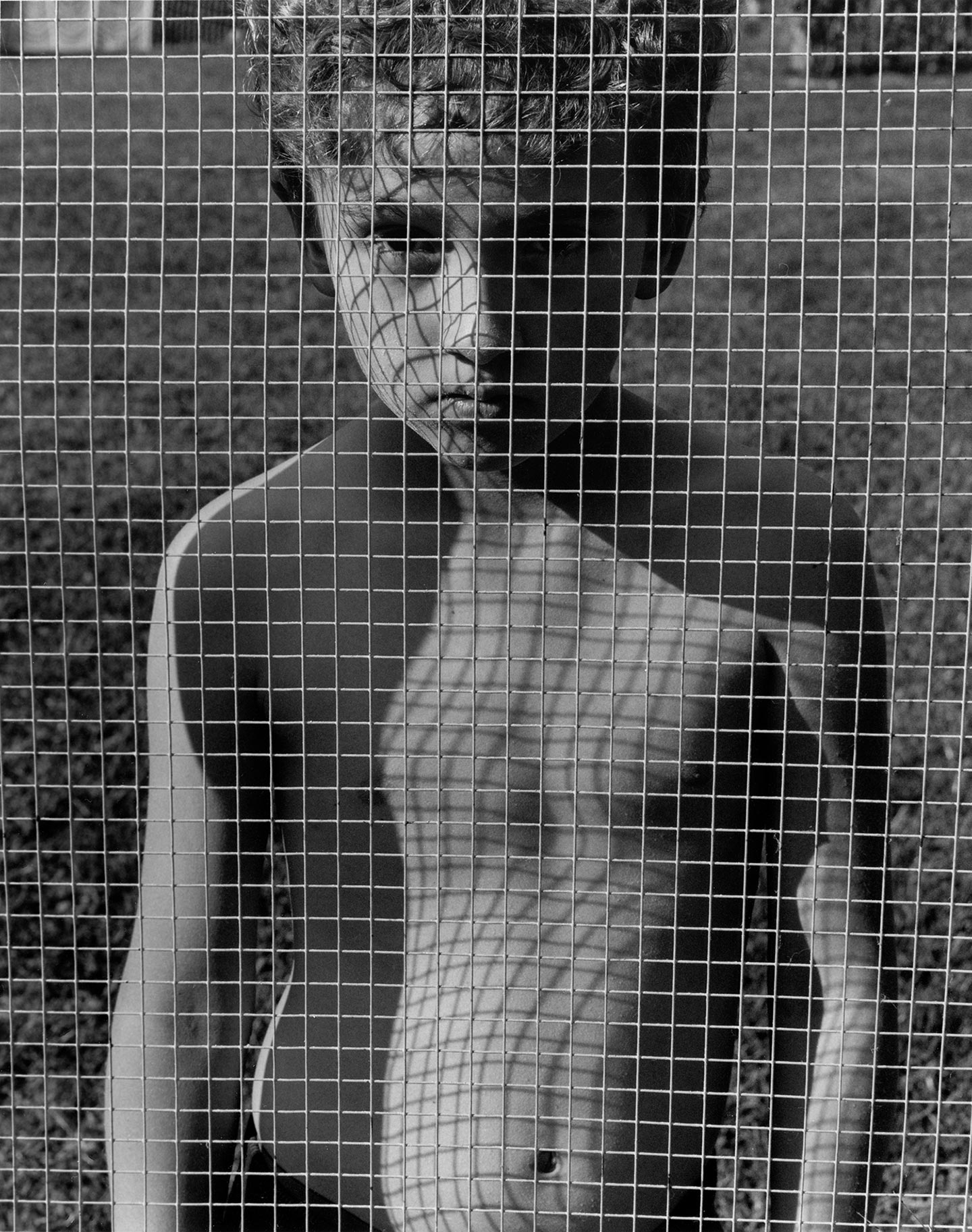
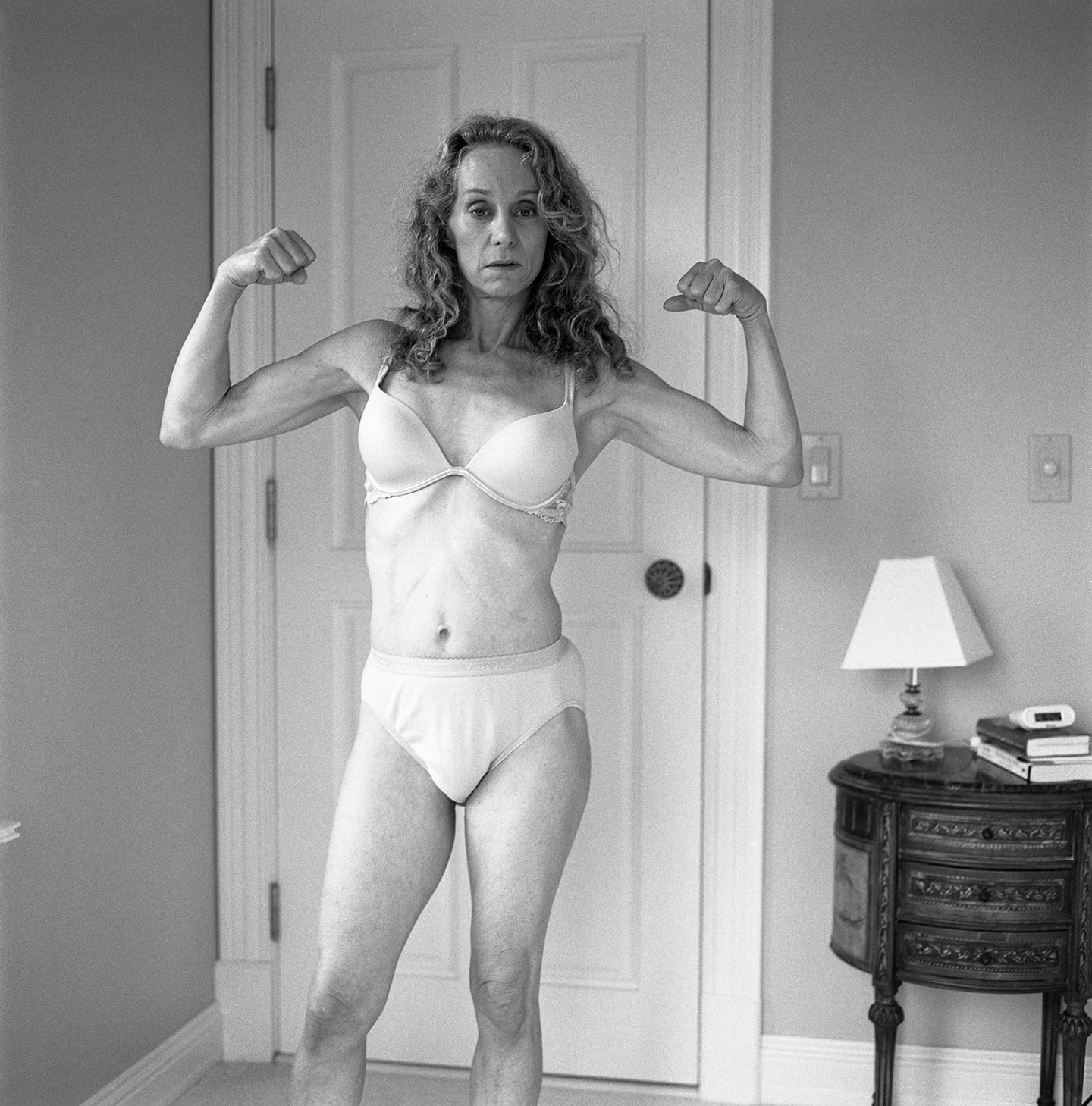
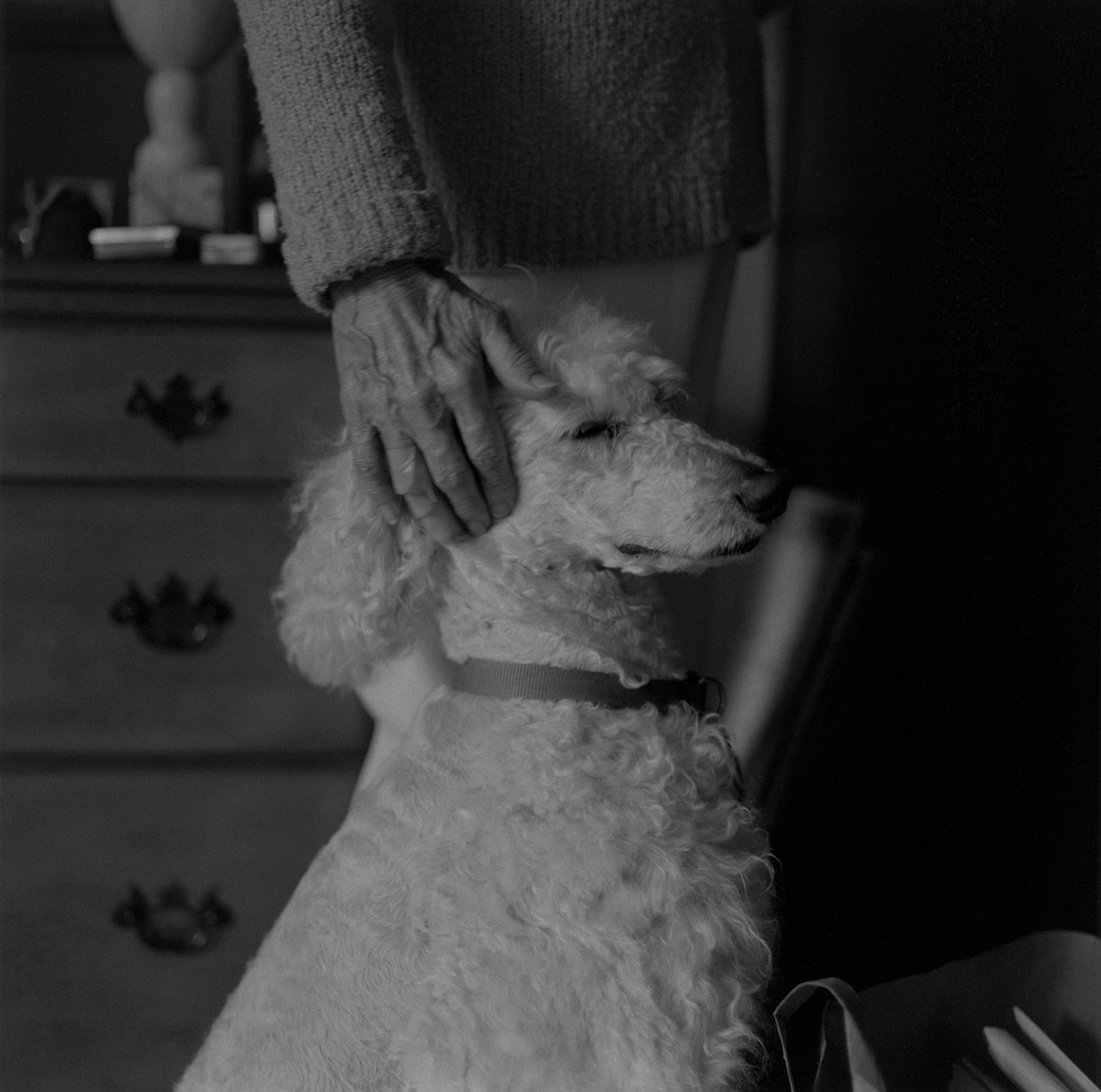
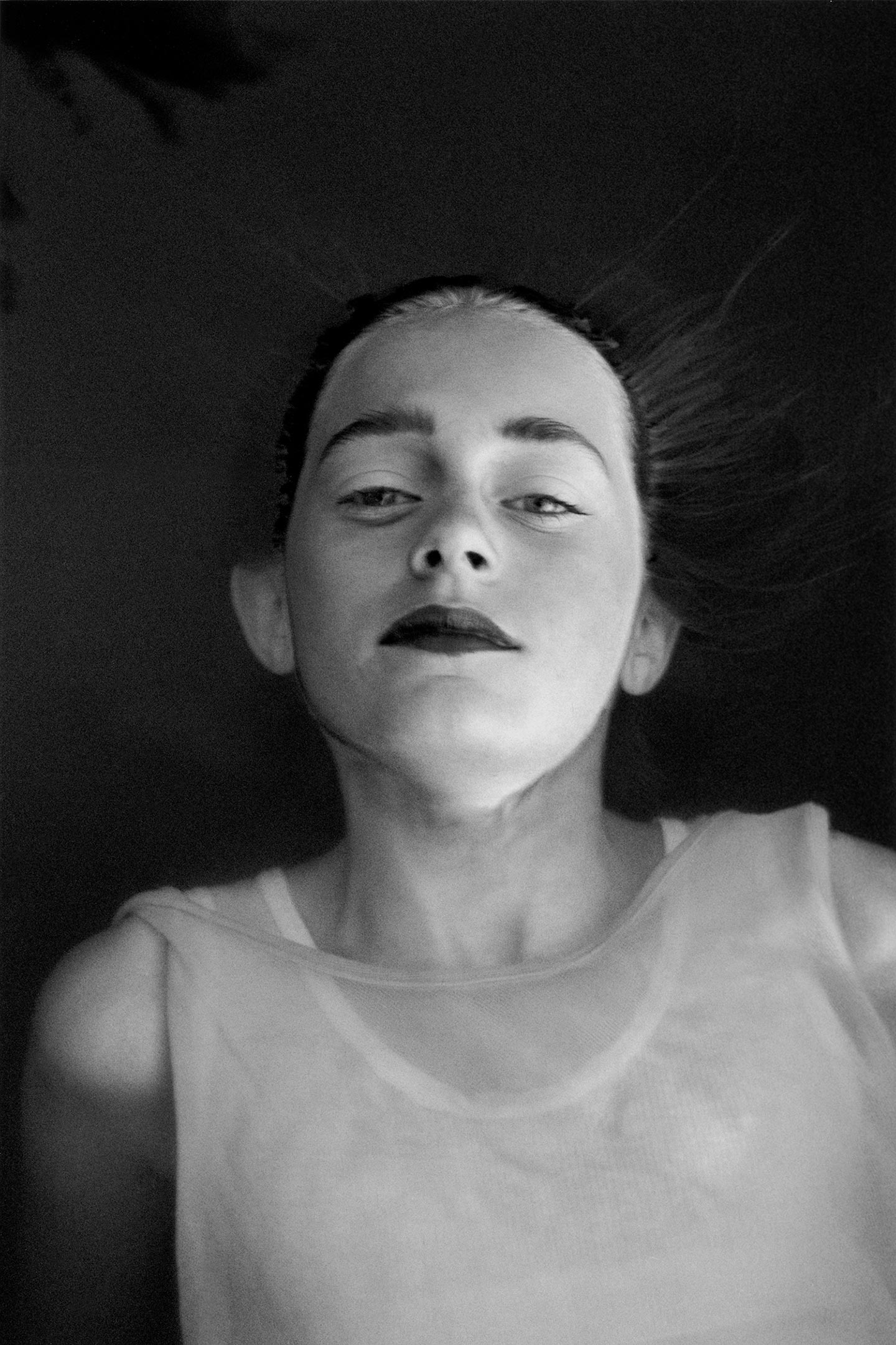
The Model Family by American photographer Tealia Ellis Ritter is, at its very core, a family album comprising black and white images that Tealia started taking of her family members as a teenager, and she continues to take to this day. But even something as common as a family album can become special when the photographer has an eye for good pictures.
“The Model Family began before I knew photography could be a career and long before I knew that I would be a photographer” Tealia tells FotoRoom. “It was born out of a combination of long summers spent in the countryside with little to do and a growing interest in photography, that very naturally flowed from my dad being an avid photographer and his allowing me access to a camera. I started setting up images and posing my sister when I was quite young. From then on, the images just happened as part of our life together and became a very collaborative activity for the two of us. As I got older, the images never really stopped and the scope grew to include the rest of my immediate family, and then eventually my husband and my own children.”
“From the very beginning the images were about posing and documentation: sometimes documenting life as it was naturally occurring, and other times documenting our ideas of who we were or who we would like to become (a fantasy of sorts), and always attention to the physical body and how it changes with time. My approach has basically always been the same throughout these years. I generally tend to have some idea for a photograph, often sparked by a moment that previously occurred; sometimes I run and get my camera because I see something unfolding that I know I want to photograph, other times I recreate prior situations. I set the scene for the image to unfold in and then let things naturally occur. I try not to become overly attached to the original concept for the image and rather remain in the moment.”
Tealia never saw her images as work until about two years ago. “The family pictures were just something that we always did; every time we could be together we created imagery. It was when I realized that my children are now about the same age as my sister was when I started taking pictures of her (around 6 years old) that I knew I needed to look at the images and consider what had unfolded. The work had come full circle in so many ways.”
“When I began photographing my family, I had never seen “art photography”. As I said, my dad was an avid photographer, so I had experience with being photographed/posing and how to use a 35mm fully manual camera, but no real exposure to photography as art. My mother however is an artist, so the idea of creating visual work was very much a part of my childhood and encouraged within our home. Because of this, most of my free time growing up was spent either making art/taking photos, caring for animals or swimming in the lake we lived on. My inspiration was therefore simply the very natural desire to create a record to preserve my family. I wanted to hold onto the idea of who we were—not necessarily the mundane nature of daily life, but more like the heightened version of each individual. One of my favorite things looking back on my early images, particularly those of my sister, is when the photo is highly choreographed and she is dressed up in my Grandmother’s clothes for instance, and then there is some tell into our real life, like a watch or toy that seems out of place. I love that tension between orchestrated image and reality. I think that’s on some level what all photographs are about, and certainly one of the things I think about when making work.”
“My only other experience with “professional” photography as a very young teenager, when this work began, was with National Geographic and fashion magazines; so I can honestly say that my initial inspiration was some combination of my dad’s images of family, nature photography and fashion layouts, which now actually makes a lot of sense when I look at the images in The Model Family, as there is an odd combination of animals, domesticity and intentionally posed images. As a young adult in art school, I began to look at the work of other photographers that created significant bodies of work involving family. I was definitely conceptually influenced by the images of Harry Callahan, whose simplicity of form and tendency towards experimentation I am very drawn to, as well as the work of Seiichi Furuya.”
Tealia is not sure whether photographing her family helped her make sense of her relationships with her relatives. “This is a difficult question to answer for a number of reasons. First, the work is ongoing, so even photographically speaking, I see the relationships as very much being in progress. Secondly, there are a number of traumatic events that took place in our family over the course of the images. There are hints at emotional struggles in the work but I have never tried to make images that are explicitly about trauma or that spell out exactly what happened, rather I hope the work is about identity over time, physical change, collaboration and/or the limits of collaboration. The only event that is specifically singled out in the work is my father’s death in the image “The room Oscar died in after the bed was removed, 2018/2004,” and while that image is really about absence, I did take that photo to try to help me reconcile my relationship to my father’s death. I did not photograph him nearly as much as I photographed my other family members because he was a photographer as well and so we related more as image-makers, rather than subject and photographer—I wish I had been able to take more photos of him. So I’m not sure the images have helped me to make sense of the relationships in my family but I do think that they have become a way of us all relating to one another. I am asking the people I love most in the world to participate in something with me, to give of themselves in a very personal way, and they are trusting me. That is a powerful thing. I think in that way the work has given us a lot.”
The oldest image in the edit of The Model Family was taken approximately 26 years ago in 1993, when Tealia was 14. “There are older images that I just haven’t made public yet and hundreds beyond that that I haven’t found the right place for yet or want to save until more time has passed. What you see in the work is just my way of thinking visually and life unfolding.” Tealia hopes the images will get viewers thinking about “the feeling of being alive. If people meditated on that notion of a life force that changes and evolves for even a second when seeing my work, I would be thrilled. I think we forget that we are alive sometimes. Beyond that I’m just happy to have made the work for myself and for my family.”
Tealia’s interest as a photographer is simply “to just keep working. To be honest, I’m not really interested in pre-planning and then creating “bodies” of work, I just want to explore and experiment visually and see where that takes me. I want the images to maintain an energy of engagement and I want to continue to grow as an artist.” The main influences on her photography all date back to her childhood: “Watching my dad’s slideshows and looking at my mom’s paintings, sculptures and art books really influenced me visually/compositionally. Beyond that I think I was influenced by living in the country. There is a constant presence of death when you grow up surrounded by nature and I think that made me very aware of all of life’s moments existing on some sort of string, the end of that string being unknown. I have the obsessive feeling that I need to hold onto life in part because of that, that I want to keep my loved ones alive somehow because I know the string will run out.”
Tealia’s favorite contemporary photographers are “Tina Barney for her understanding of composition and color; and Carmen Winant for being so fucking smart and an advocate for women and mothers.” The last photobook she bought was Twist by Camille Vivier, and the next she’s going to buy is Ana Mendieta: She Got Love.
Tealia’s three words for photography are:
Performance. Contradiction. Treasure.
Keep looking...

FotoCal — Photography Awards, Grants and Open Calls Closing in June 2025

FotoCal — Photography Awards, Grants and Open Calls Closing in May 2025

FotoCal — Photography Awards, Grants and Open Calls Closing in April 2025

FotoCal — Photography Awards, Grants and Open Calls Closing in March 2025

FotoCal — Photography Awards, Grants and Open Calls Closing in February 2025

FotoCal — Photography Awards, Grants and Open Calls Closing in January 2025

FotoCal — Photography Awards, Grants and Open Calls Closing in December 2024




